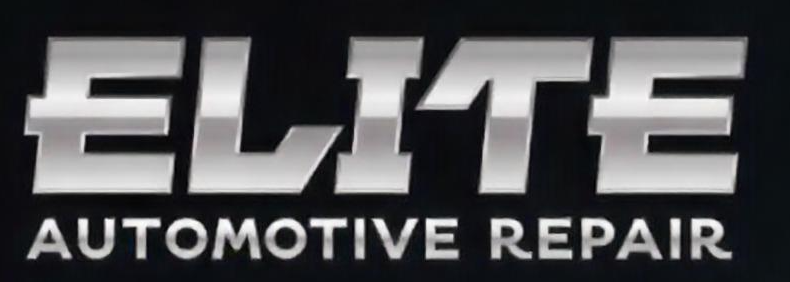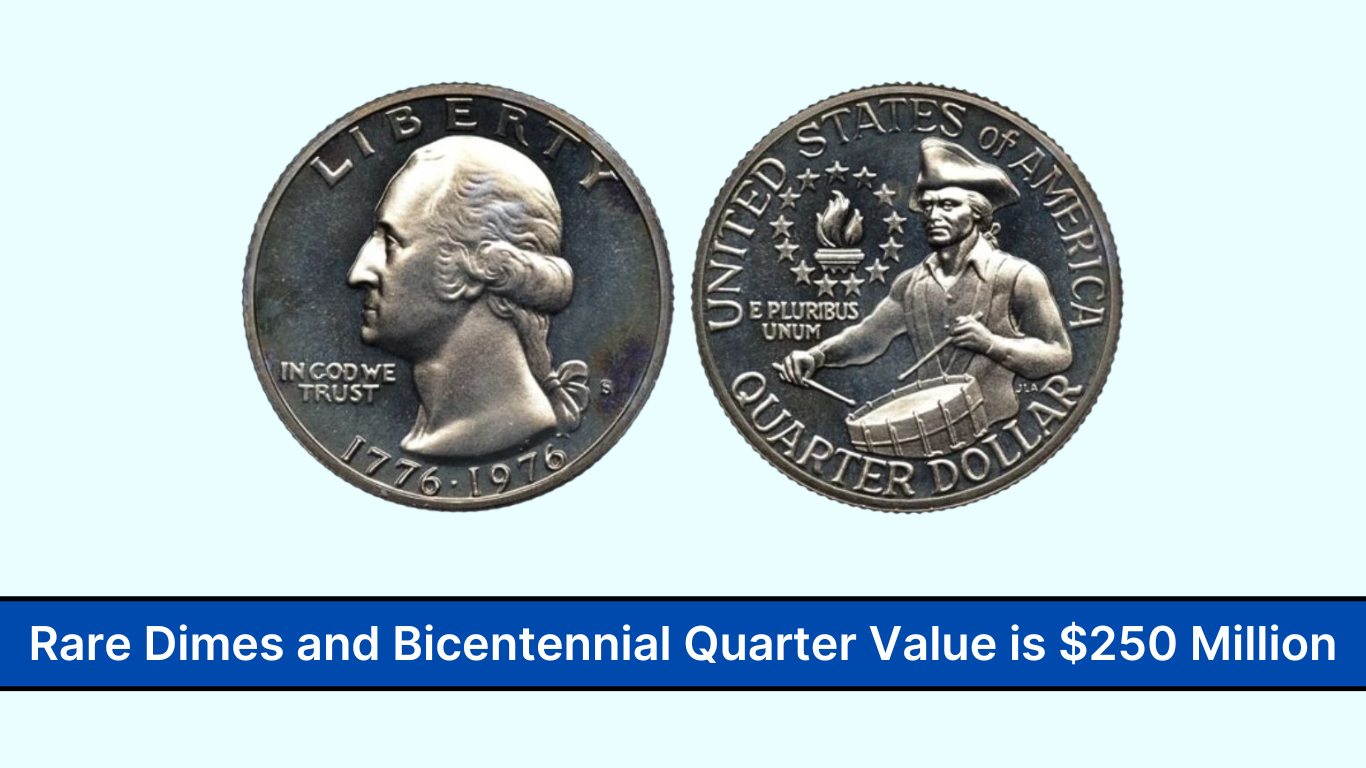The jingling of coins in your pocket might be worth far more than their face value suggests. Among the most frequently overlooked treasures in circulation are certain rare dimes and Bicentennial quarters minted to commemorate America’s 200th anniversary.
For those willing to search through their pocket change, these small pieces of history could yield surprisingly high returns. Some rare dimes and Bicentennial quarters have sold for thousands—or even millions—of dollars. Let’s explore which ones you should be looking for.
Valuable Dimes Worth Searching For
1. 1916-D Mercury Dime – Worth $1,000 to $20,000+
One of the most sought-after dimes, the 1916-D Mercury dime, had an extremely low mintage of only 264,000 coins. The Denver Mint stopped production early to shift resources to war materials.
How to Identify:
- Look for the “D” mintmark on the reverse side, near the base of the fasces (the bundle of sticks with an axe).
- Even worn examples can sell for over $1,000, while mint-condition coins have sold for $20,000 or more at auction.
2. 1942/1 Mercury Dime Overdate – Worth $500+
This error coin was created when a 1942 die was stamped over a 1941 die, leaving a visible “1” beneath the “2”.
How to Identify:
- The overdate is easiest to see under magnification and angled lighting.
- Two versions exist:
- 1942/1 (Philadelphia Mint) – Rarer and worth more
- 1942/1-D (Denver Mint) – Slightly less valuable but still collectible
Even circulated examples can fetch $500+, while uncirculated coins are worth thousands.
3. 1968-S No Mintmark Roosevelt Dime – Worth $300 to $7,500+
The San Francisco Mint accidentally produced some 1968 dimes without an “S” mintmark—a huge mistake since these were supposed to be proof-only coins.
How to Identify:
- Look for 1968 dimes missing the “S” mintmark on the obverse (front) side.
- Circulated versions sell for $300+, while uncirculated examples exceed $7,500.
4. 1982 No Mintmark Roosevelt Dime – Worth $50 to $150+
The Philadelphia Mint accidentally left off the “P” mintmark on some 1982 dimes, making them highly collectible.
How to Identify:
- No mintmark below Roosevelt’s neck on the obverse.
- Circulated examples sell for $50-$150, while uncirculated dimes go for much more.
These dimes still occasionally turn up in pocket change!
5. 1996-W Roosevelt Dime – Worth $150+
In 1996, the West Point Mint struck dimes for the first time—but only for collector sets. However, some of these coins ended up in circulation.
How to Identify:
- Look for the “W” mintmark to the left of Roosevelt’s bust.
- Even worn examples are worth $150+.
6. Silver Roosevelt Dimes (1946–1964) – Worth $1.50–$2+ (based on silver content)
Any Roosevelt dime dated 1964 or earlier is made of 90% silver and is worth more than face value.
How to Identify:
- Check the date—if it’s from 1946–1964, it’s 90% silver.
- Check the edge—silver dimes lack a copper stripe.
Higher-grade examples of certain dates (like 1949-S) can be worth $100+.
Bicentennial Quarter Values
The 1976 Bicentennial Quarter, featuring a colonial drummer on the reverse and dual-date (1776–1976) on the obverse, was minted in massive quantities, making most worth only face value. However, some rare varieties command big money.
1. 1976-S Silver Proof Bicentennial Quarter – Worth $5–$15+
Some Bicentennial quarters were made with 40% silver specifically for collector sets.
How to Identify:
- Look for the “S” mintmark on the obverse (front) side.
- The edge should be solid silver, with no copper stripe.
If found in circulation, these quarters can be worth $5 to $15 or more.
2. 1976-S Doubled Die Obverse Bicentennial Quarter – Worth $40–$100+
Some San Francisco-minted Bicentennial quarters feature doubling on Washington’s hair and the lettering.
How to Identify:
- Use magnification to check for doubling on “LIBERTY” and “IN GOD WE TRUST.”
- If verified by PCGS or NGC, these coins can sell for $40–$100 or more.
3. 1976 No Mintmark Transitional Error Bicentennial Quarter – Worth Hundreds or Thousands
During the transition between regular and Bicentennial designs, some quarters were struck on incorrect planchets or with mismatched dies.
How to Identify:
- These errors vary, so authentication by PCGS or NGC is required.
- Certain transitional error quarters have sold for thousands of dollars!
How to Identify Valuable Coins
If you suspect you have a valuable dime or quarter, follow these steps:
Use Magnification: Look for doubling, overdates, or missing mintmarks.
Check the Edge: Silver coins have a solid silver edge, while clad coins show a copper stripe.
Weigh the Coin:
- Silver dimes (1946–1964): 2.5 grams
- Silver quarters (1976-S): 5.75 grams
Perform a Magnet Test: - Steel coins (1943 dimes and pennies) are magnetic.
- Silver and copper coins are NOT magnetic.
Get Professional Authentication: Use PCGS or NGC for rare coins.
Why Coin Values Fluctuate
The value of rare coins depends on several factors:
- Precious Metal Prices – Silver dimes and quarters fluctuate with silver prices.
- Auction Results – Recent high-profile sales influence market demand.
- Hobby Trends – Certain coins become more popular due to collector interest.
- New Discoveries – Finding more of a rare coin can impact its value.
Even if you don’t find a million-dollar coin, searching through change connects you with history and offers the thrill of the hunt.
Searching for rare dimes and Bicentennial quarters is an exciting and rewarding hobby. While most coins won’t be worth millions, finding a $50, $500, or even $1,000+ coin in your pocket change is entirely possible!
So, the next time you get a handful of change, take a closer look—you might be holding a hidden treasure!
FAQs
No, most are only worth face value. However, silver versions and error varieties can be worth hundreds or more.
Even in poor condition, it can sell for $1,000+. Mint-condition examples are worth $20,000 or more.
Get it graded by PCGS or NGC, then sell through coin dealers, auctions, or reputable online marketplaces.
Yes! Some of these rare coins still occasionally turn up in pocket change. Keep searching!

